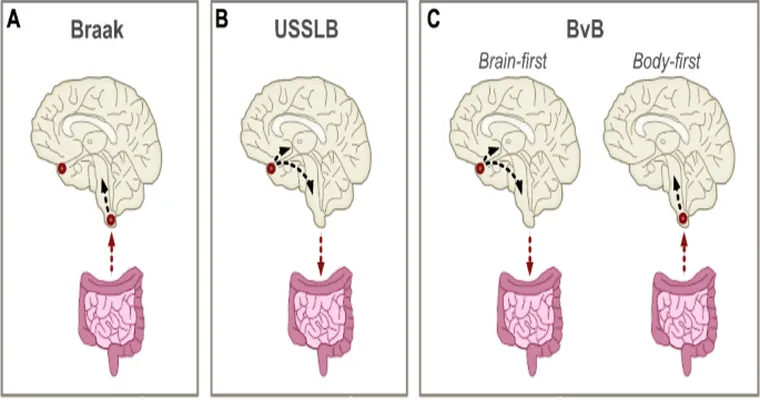Lewy Body Dementia (LBD) is a complex and challenging condition characterized by the presence of "Lewy bodies", which are abnormal protein deposits in the brain. Understanding how fast Lewy Body progresses is crucial for patients, families, and caregivers dealing with this form of dementia. The rate of progression can significantly vary among individuals, influenced by various factors, including age, overall health, and the presence of other medical conditions.
Lewy Body Dementia typically progresses in three stages: early, middle, and late. In the "early stage", symptoms may include fluctuating attention, visual hallucinations, and mild cognitive impairment. These symptoms can sometimes be mistaken for other conditions, making early diagnosis challenging. During this stage, progression can be relatively slow, with some individuals maintaining a degree of independence for several years.
As the disease advances to the "middle stage", cognitive decline often becomes more pronounced. Patients may experience increased memory loss, difficulty with problem-solving, and more frequent visual hallucinations. Motor symptoms, such as tremors and rigidity, may also emerge, resembling those seen in Parkinson's disease. Progression during this stage can vary widely, with some individuals experiencing a rapid decline while others maintain functionality for longer periods.
In the "late stage" of Lewy Body Dementia, individuals typically require significant assistance with daily activities. Cognitive abilities continue to deteriorate, and severe motor impairments may develop, leading to challenges with mobility and communication. The progression during this stage can be swift, often resulting in a decline in overall health and increased vulnerability to infections and other complications.
It is important to note that while some individuals may experience a rapid progression of Lewy Body Dementia, others may have a slower decline. Factors such as the presence of other neurodegenerative diseases, coexisting health issues, and the individual's overall resilience can all influence the rate of progression. Additionally, the management of symptoms through medications and supportive therapies can impact the quality of life and potentially slow down the progression.
In conclusion, understanding the progression of Lewy Body Dementia is essential for those affected by this condition. While the journey can be unpredictable, awareness and early intervention can make a significant difference in managing symptoms and maintaining a better quality of life. If you or a loved one are experiencing symptoms associated with Lewy Body Dementia, it is crucial to seek professional medical advice for an accurate diagnosis and personalized care plan.





